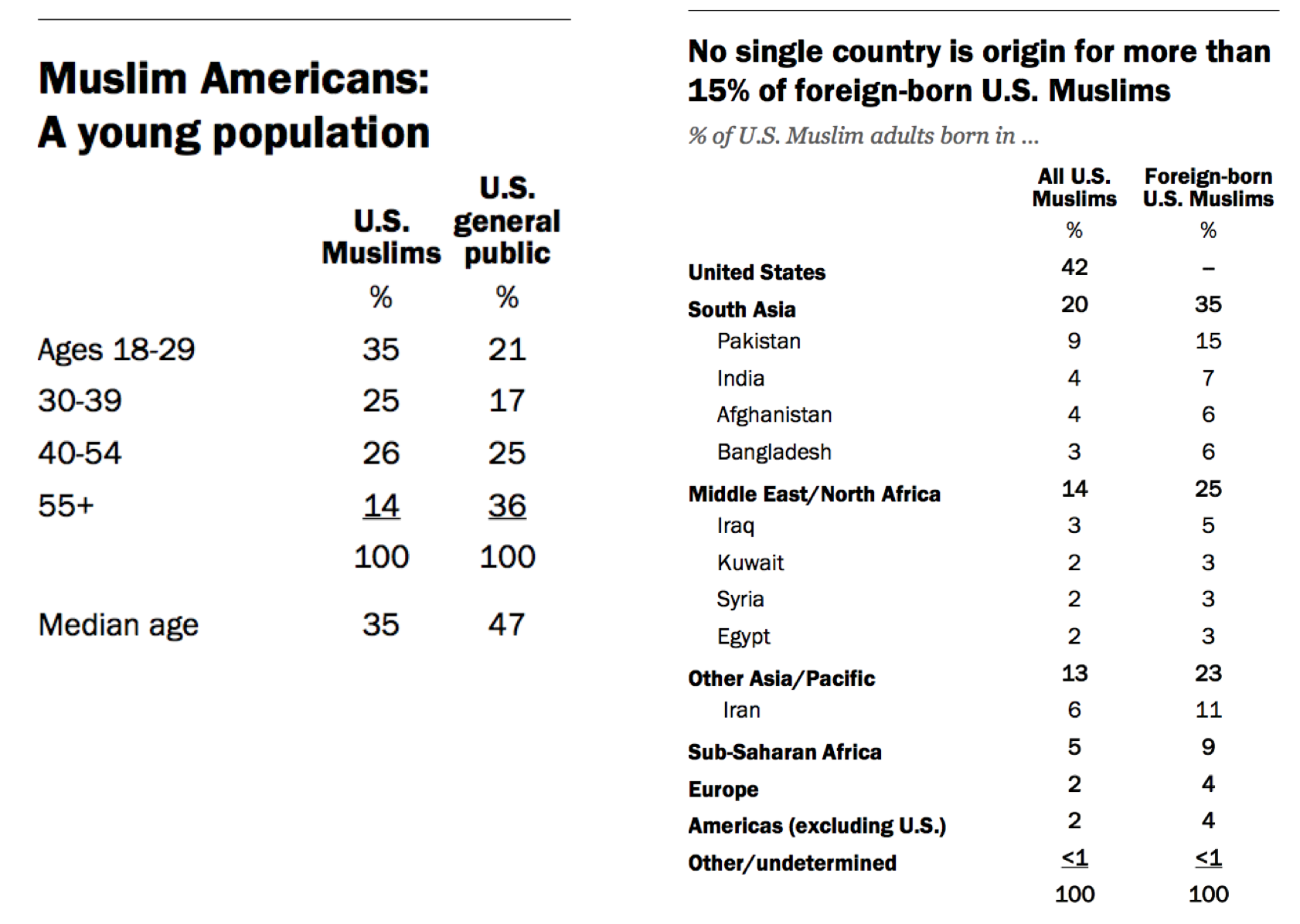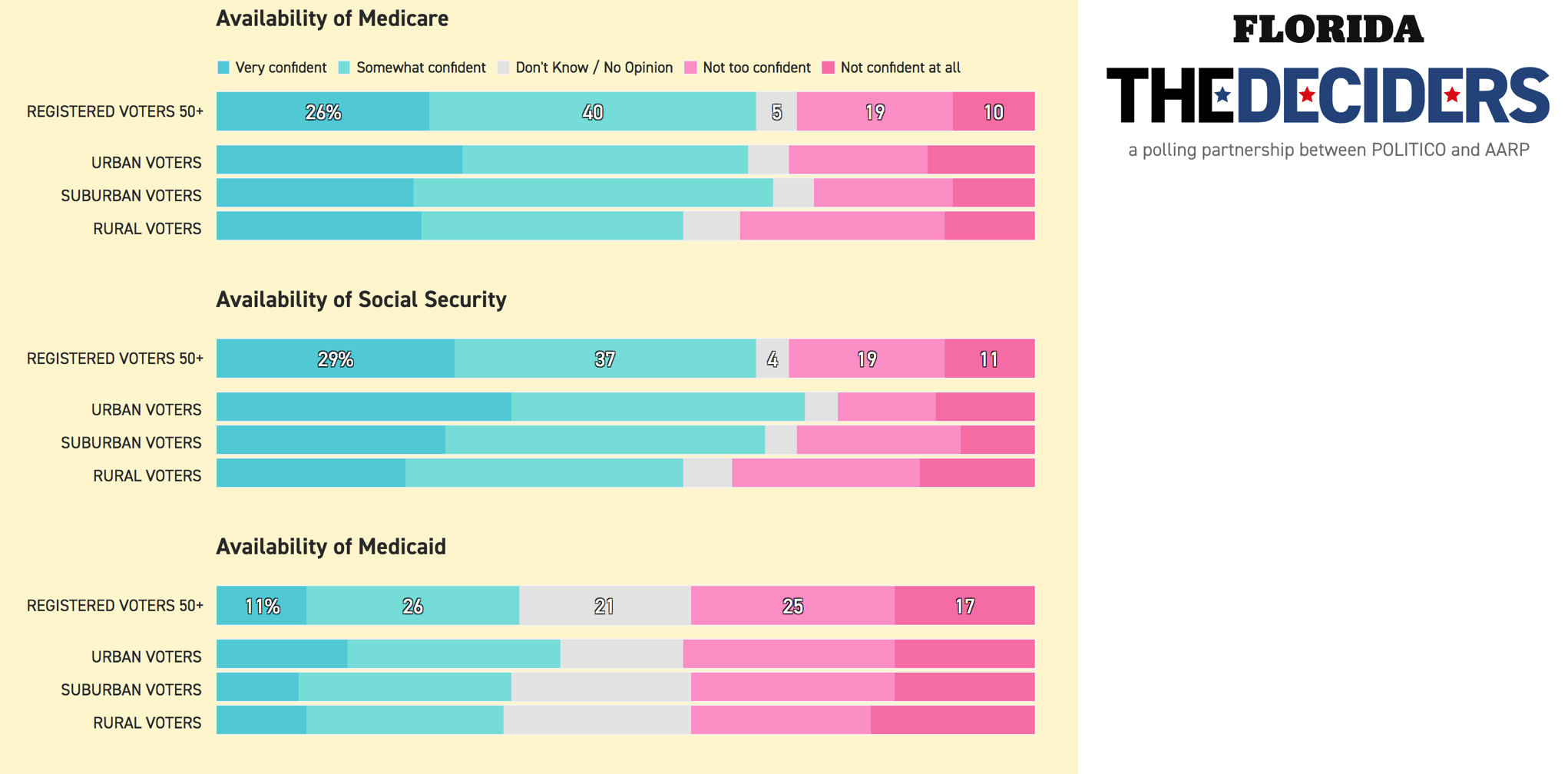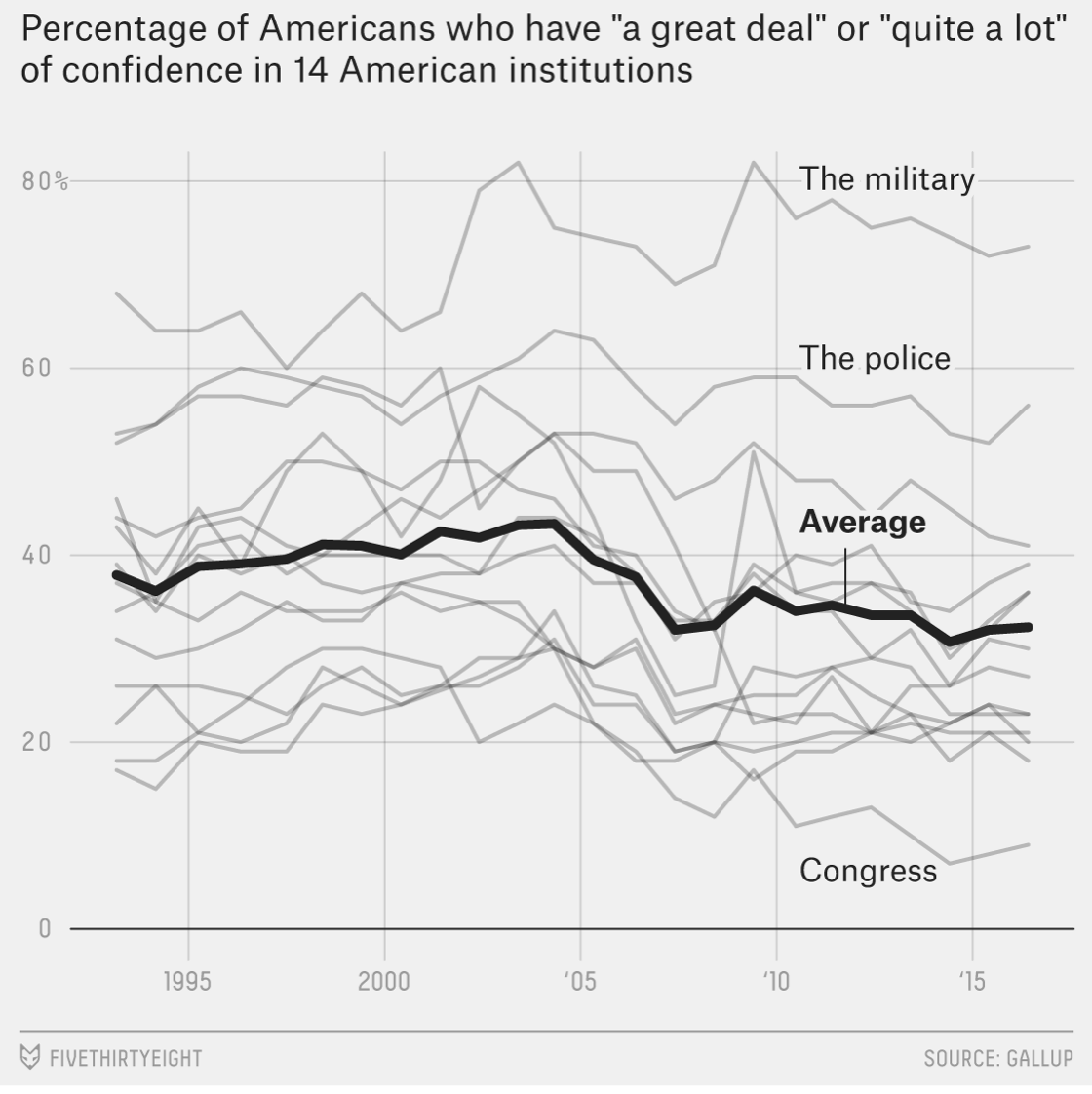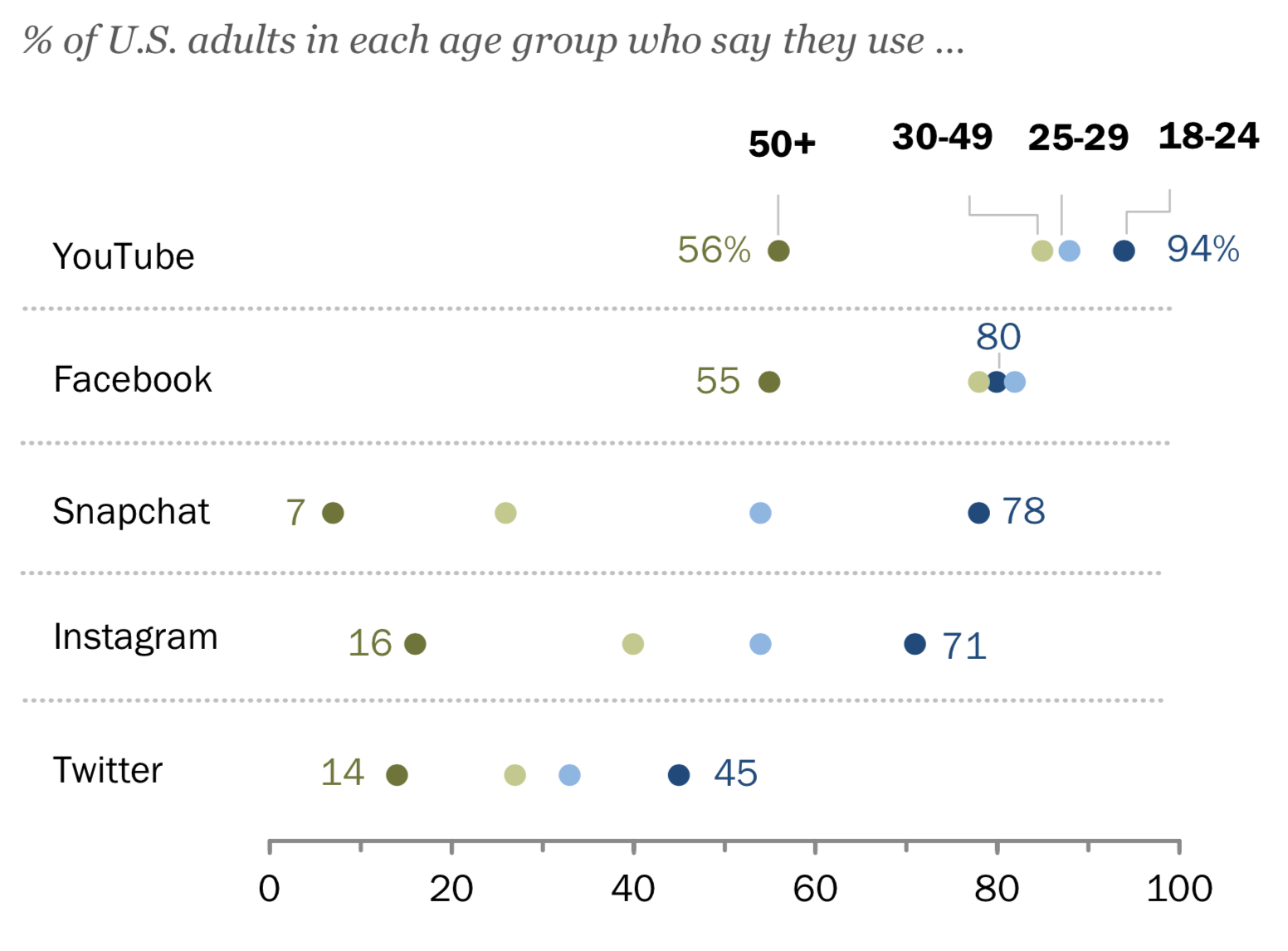
Using Polls to Inform your Media Strategy
Earlier this week, we covered how to assess the public opinion landscape of the issues we work on. Having an understanding of this big picture, now we are ready to use polling data to inform our media strategy. Developing an informed strategy is all about audience: defining who they are, learning as much as you can about them, and determining what messengers and mediums are best to reach them.
Depending on your goals, you can use your understanding of the public opinion landscape to identify your audience. For example, if you want to pass pro-voter legislation in a red state, you may need to persuade moderate conservatives, who skew older and whiter. If your goal is to bring people into the streets to protest repression of the migrant caravan at the southern border, Latinx millennials will be key. Whatever the case, knowing the attitudes of demographic subgroups towards our issues can guide us in deciding what audience is the most strategic choice to achieve our goals.
Once you’ve identified your audience, you can use polls to learn as much as you can about that audience. If you’re talking to Americans who are Muslim, polling from Pew can tell you that 60% are under the age of 40 and that they hail from many different regions of the world, although a majority are of South Asian or Middle Eastern background.

Besides demographics, polling can tell us about the priorities and political attitudes of very specific segments of the population. The chart below, for instance, shows crosstabs for older as well as urban, suburban, and rural voters in the state of Florida. If we want to mobilize rural voters in Florida, this poll tells us that they’re less confident than urban voters about the availability of medicare, social security, and medicaid—suggesting that messaging about social services may be particularly resonant.

All of this data can help us figure out which messengers will be most effective in reaching our target audience. Who does our audience relate to? Young celebrities? Relatable “everyday heroes”? Prominent activists? One great resource we track at ReThink is Gallup’s yearly poll on institutional confidence. You can see in the chart below that although trust in institutions is on the decline overall, the military is one of the few institutions Americans currently view with confidence. Thus, we can infer that many Americans view military messengers to be powerful validators, while senators might be less powerful, as Congress is one of the least trusted institutions in this country. Needless to say, this is one factor among many when deciding on who the best messengers might be—lots of audiences won’t be swayed by hearing from someone associated with the military. But this survey is indicative of the types of polling available that can help us develop informed hypotheses about who is best-positioned to deliver a particular message.

Now that we’ve used polls to identify our audience, learn how they view our issues, and figure out whose perspectives they trust, we need to think about where we can best reach our audience. How can we target outlets we know they’ll be watching and reading? The demographic and political profile is, of course, a great starting point (if our audience is rural voters in the Midwest, who tend to be white, older, and working class, outlets like The New Yorker or Univision are probably not going to cut it).
There is also polling specifically focused on the public’s news consumption habits. Pew puts out a fairly comprehensive annual review of the media, which covers what platforms US adults get their news from, and how those consumption habits continue to evolve and shift over time. The chart below depicts the average age of folks active on the biggest social media platforms. It shows, among other things, that Facebook and YouTube are potentially great mediums to communicate with audiences between the ages of 30 and 49, whereas Twitter is unlikely to reach them, as less than 20% of them are active on the platform.

Finally, if you’re trying to reach a specific audience, but are not sure exactly what outlet you should pitch, we can provide some support. For example, ReThink has compiled a guide on outlets with large Millennial audiences, as well as resources to accompany the outlet guide. And, our colleagues are experts in pitching journalists and placing op-eds, so don’t be shy about reaching out for these resources or for assistance!
Stay tuned for our final post of this series on how to incorporate polling into your messaging and media work.



